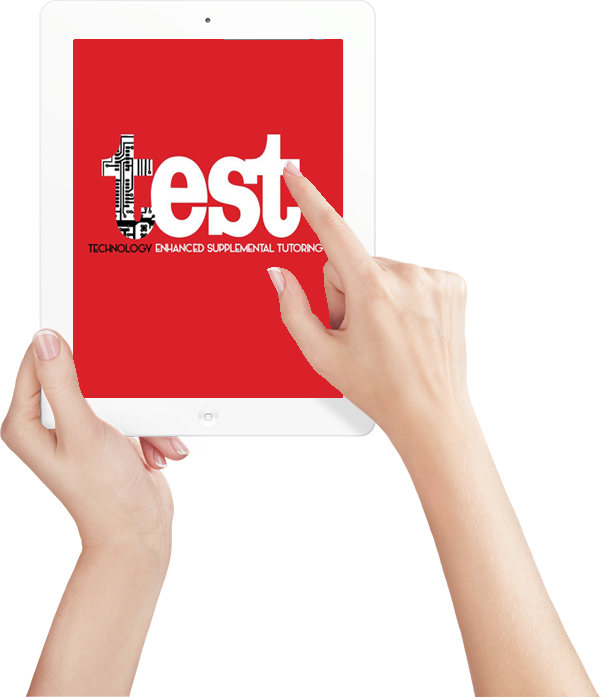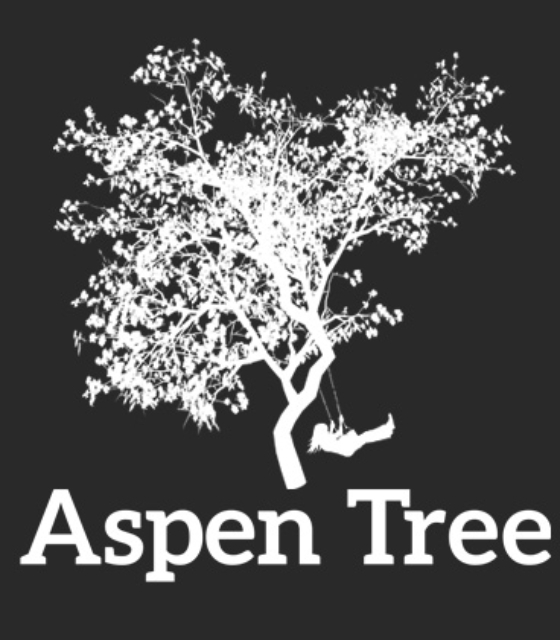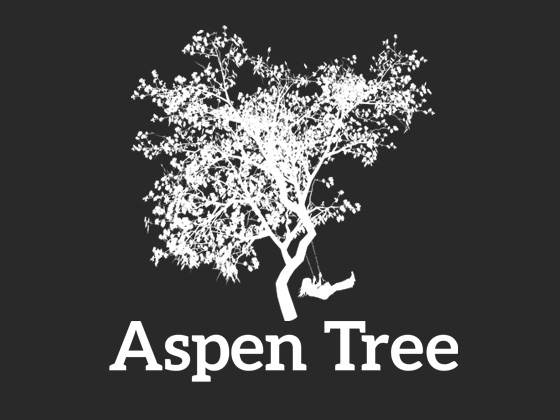An Arizona Nonprofit Agency
Aspen Tree assists economically disadvantaged families by creating technology-based education initiatives for at-risk students which equalize access to individualized mentorship, college,
and leadership training.


Aspen Tree assists economically disadvantaged families by creating technology-based education initiatives for at-risk students which equalize access to individualized mentorship, college,
and leadership training.
Technology Enhanced Supplemental Tutoring (TEST) is a dynamic program that will assist parents, teachers, and local education agencies in getting the most out of their students' learning experience.

One-on-one tutoring between mentors and students. At-risk students are paired with a peer in good academic standing or a college freshmen from their district.
TEST would represent the first federally funded study of its kind. It asks, “What’s the role of our technology in an educational setting?”. TEST is based content analysis and demonstrable techniques.
The TEST Program is offered to at-risk high school freshmen at no charge. This levels the playing field for low-income students by equalizing access to individualized mentorship.
TEST is tailored to encourage students without losing their intrinsic motivation. When a student successfully completes the program they are given their tablet style computer as a reward.
One-on-one tutoring between mentors and students. At-risk students are paired with a peer in good academic standing or a college freshmen from their district.
TEST would represent the first federally funded study of its kind. It asks, “What’s the role of our technology in an educational setting?”. TEST is based content analysis and demonstrable techniques.
The TEST Program is offered to at-risk high school freshmen at no charge. This levels the playing field for low-income students by equalizing access to individualized mentorship.
TEST is tailored to encourage students without losing their intrinsic motivation. When a student successfully completes the program they are given their tablet style computer as a reward.

We have had many inquires about the mission of Aspen Tree and the goals of the TEST Program. Below are a few of our most popular frequently asked questions.
TEST offers students economic incentives and supports adaptive learning in a digitally synchronous environment. Many current tutoring programs employ the use of technology as a means to an end whereas TEST implements Read More In a recent publication of The Economist, two Stanford professors, Sebastian Thrun and Andrew Ng, offered courses free of charge online (The Economist) 25 June, “Re-Educating Rita,” Page 10. By the time the course had begun, Thurn’s “Introduction to Artificial Intelligence” had 160,000 participants from over 190 different countries. Ng’s course on “Machine Learning” had 100,000 students enrolled. Both courses ran ten weeks and of the total participants who enrolled only 36,000 completed the semester. TEST aims to address the massive disparities in online enrollment by holding students accountable, keeping them engaged, and introducing the role of an in-person mentor while facilitating digitally synchronous tutoring.
All tablets will be documented and etched with a code number to the correlating student enrolled in the program. Tablets will be secured with an ESN which Read More Parents will sign an agreement on behalf of their students (minors) to be responsible for the tablet. They will be encouraged (or required) to maintain renter’s insurance that would cover the tablet in the event of theft. There must be some acknowledgment that loss of tablets will inevitably occur and will be factored into program costs. The tablet will have software where it can be remotely locked, thereby reducing the intent to steal or not return one of the tablets. Where a student loses or breaks a tablet, they are provided one replacement, then if it happens again (due to something within one’s control), it will be up to the discretion of TEST to provide another tablet or excuse the student from the program. Selling or hocking a tablet is immediate grounds for dismissal from the program and the parent will be fully liable for the financial cost to replace the tablet.
Data which supports TEST principles includes forty-eight citations from research studies conducted from 2014 to the present. Problems which TEST aims to address include: 1) Dropout rates and on-time grade promotion among 9th grade students, Read More TEST will be beneficial to our target community while further expanding on current research by proposing the following demonstrable Solutions: 1) Synchronous (in-person) digital tutoring, 2) Incentivizing education with a reward-based program, 3) Accessible (in-home) tutoring and tutor mobility, 4) Individualized learning within a supplementary education service, and 5) Applying Critical Thinking and Rigorous Learning (CTRL) based curriculum. Applying these solutions will result in five demonstrable predicted Outcomes for our students. 1) Increased on-time grade promotion among 9th grade TEST students moving into their sophomore year. 2) Improved Grade Point Average and academic standing among TEST students, 3) Measurable increase in four-year high school graduation rates among TEST students, 4) Demonstrable improvement in student self-efficacy, attitudes toward education and learning, as well as plans for future college enrollment, 5) Increased performance on Arizona State testing on AIMS, AzMerit, and national college entrance exams.
TEST offers students economic incentives and supports adaptive learning in a digitally synchronous environment. Many current tutoring programs employ the use of technology as a means to an end whereas TEST implements Read More In a recent publication of The Economist, two Stanford professors, Sebastian Thrun and Andrew Ng, offered courses free of charge online (The Economist) 25 June, “Re-Educating Rita,” Page 10. By the time the course had begun, Thurn’s “Introduction to Artificial Intelligence” had 160,000 participants from over 190 different countries. Ng’s course on “Machine Learning” had 100,000 students enrolled. Both courses ran ten weeks and of the total participants who enrolled only 36,000 completed the semester. TEST aims to address the massive disparities in online enrollment by holding students accountable, keeping them engaged, and introducing the role of an in-person mentor while facilitating digitally synchronous tutoring.
All tablets will be documented and etched with a code number to the correlating student enrolled in the program. Tablets will be secured with an ESN which Read More Parents will sign an agreement on behalf of their students (minors) to be responsible for the tablet. They will be encouraged (or required) to maintain renter’s insurance that would cover the tablet in the event of theft. There must be some acknowledgment that loss of tablets will inevitably occur and will be factored into program costs. The tablet will have software where it can be remotely locked, thereby reducing the intent to steal or not return one of the tablets. Where a student loses or breaks a tablet, they are provided one replacement, then if it happens again (due to something within one’s control), it will be up to the discretion of TEST to provide another tablet or excuse the student from the program. Selling or hocking a tablet is immediate grounds for dismissal from the program and the parent will be fully liable for the financial cost to replace the tablet.
Tutoring services are offered to at-risk students in our target district in order to assess the success of the TEST Program on factors such as Read More
TEST is introducing two new variables– the tutor and the technology. Through program analysis we will distinguish between the impacts of both variables Read More
Data which supports TEST principles includes forty-eight citations from research studies conducted from 2014 to the present. Problems which TEST aims to address include: 1) Dropout rates and on-time grade promotion among 9th grade students, Read More TEST will be beneficial to our target community while further expanding on current research by proposing the following demonstrable Solutions: 1) Synchronous (in-person) digital tutoring, 2) Incentivizing education with a reward-based program, 3) Accessible (in-home) tutoring and tutor mobility, 4) Individualized learning within a supplementary education service, and 5) Applying Critical Thinking and Rigorous Learning (CTRL) based curriculum. Applying these solutions will result in five demonstrable predicted Outcomes for our students. 1) Increased on-time grade promotion among 9th grade TEST students moving into their sophomore year. 2) Improved Grade Point Average and academic standing among TEST students, 3) Measurable increase in four-year high school graduation rates among TEST students, 4) Demonstrable improvement in student self-efficacy, attitudes toward education and learning, as well as plans for future college enrollment, 5) Increased performance on Arizona State testing on AIMS, AzMerit, and national college entrance exams.
Based on variants between a pre and post test geared toward the students’ learning plan we will be able to determine whether or not Read More Cultural sensitivity can be accomplished by ensuring and encouraging diversity among TEST personnel, mentors, tutors and students. Fairness will be ensured by random monitoring as well as post-program TEST surveys by the tutors, students, and parents.
TEST is introducing two new variables– the tutor and the technology. Through program analysis we will distinguish between the impacts of both variables Read More
Tutoring services are offered to at-risk students in our target district in order to assess the success of the TEST Program on factors such as Read More
Based on variants between a pre and post test geared toward the students’ learning plan we will be able to determine whether or not Read More Cultural sensitivity can be accomplished by ensuring and encouraging diversity among TEST personnel, mentors, tutors and students. Fairness will be ensured by random monitoring as well as post-program TEST surveys by the tutors, students, and parents.
We believe in a diverse range of personel to bring creative skills, thoughts, and ideas to the table.











